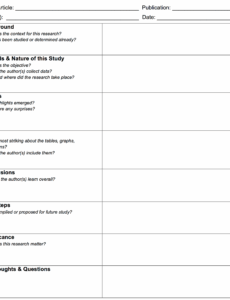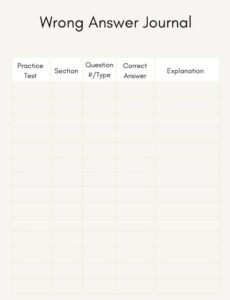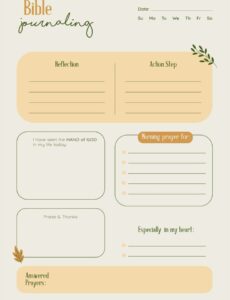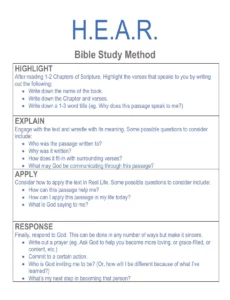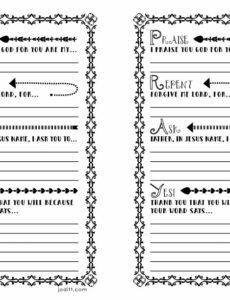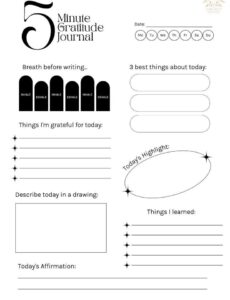Navigating the vibrant and often unpredictable world of child care requires careful attention to detail and consistent communication. For parents, understanding their child’s day while they are away offers immense peace of mind, and for caregivers, documenting daily routines is crucial for providing the best possible support. A well-structured daily journal serves as that vital bridge, transforming casual observations into valuable, actionable insights that benefit everyone involved in a child’s development.
Imagine having a clear snapshot of your child’s activities, mood, and needs at your fingertips every single day. This isn’t just about reporting; it’s about fostering a collaborative environment where parents and providers can work together, ensuring continuity in care and identifying patterns that might otherwise go unnoticed. This is precisely where a dedicated child care daily journal template becomes an invaluable tool, simplifying the process of tracking essential information and making daily handovers smooth and informative.
Why a Daily Journal is Essential for Child Care Providers and Parents
A daily journal acts as a powerful communication tool, bridging the gap between a child’s home and their care environment. It allows parents to feel connected to their child’s day, even when they aren’t physically present, offering reassurance and helping them continue routines seamlessly once their child returns home. For providers, it ensures that all important observations are recorded, making it easier to track progress, address concerns, and tailor activities to each child’s individual needs and preferences. It promotes transparency and builds trust, which are cornerstones of any successful child care partnership.
Beyond simple communication, a daily journal plays a crucial role in monitoring a child’s developmental journey. By consistently noting activities, interactions, and responses, caregivers can identify emerging skills, track milestones, and pinpoint any areas where a child might need extra support or attention. This detailed record becomes a valuable reference for parent-teacher conferences or discussions with developmental specialists, providing objective data rather than relying solely on memory.
Key Information to Track Daily
- Food intake: What and how much the child ate for meals and snacks.
- Sleep patterns: Nap times, duration, and any difficulties falling asleep or waking.
- Diaper changes/potty breaks: Times, consistency, and any observations.
- Activities: Specific games played, learning activities, outdoor time, and social interactions.
- Mood and behavior: General disposition, specific behavioral observations, and how the child interacted with peers and caregivers.
- Significant events: Any special moments, minor bumps, or unusual occurrences.
Moreover, a daily journal offers a layer of accountability and safety. In the event of an emergency or an unforeseen incident, a well-documented timeline of the day’s events can be incredibly useful. It provides a clear, factual record of a child’s well-being and activities, which can be essential for clarity and peace of mind for everyone involved. This rigorous tracking also helps providers maintain high standards of care, ensuring that all aspects of a child’s routine are consistently met.
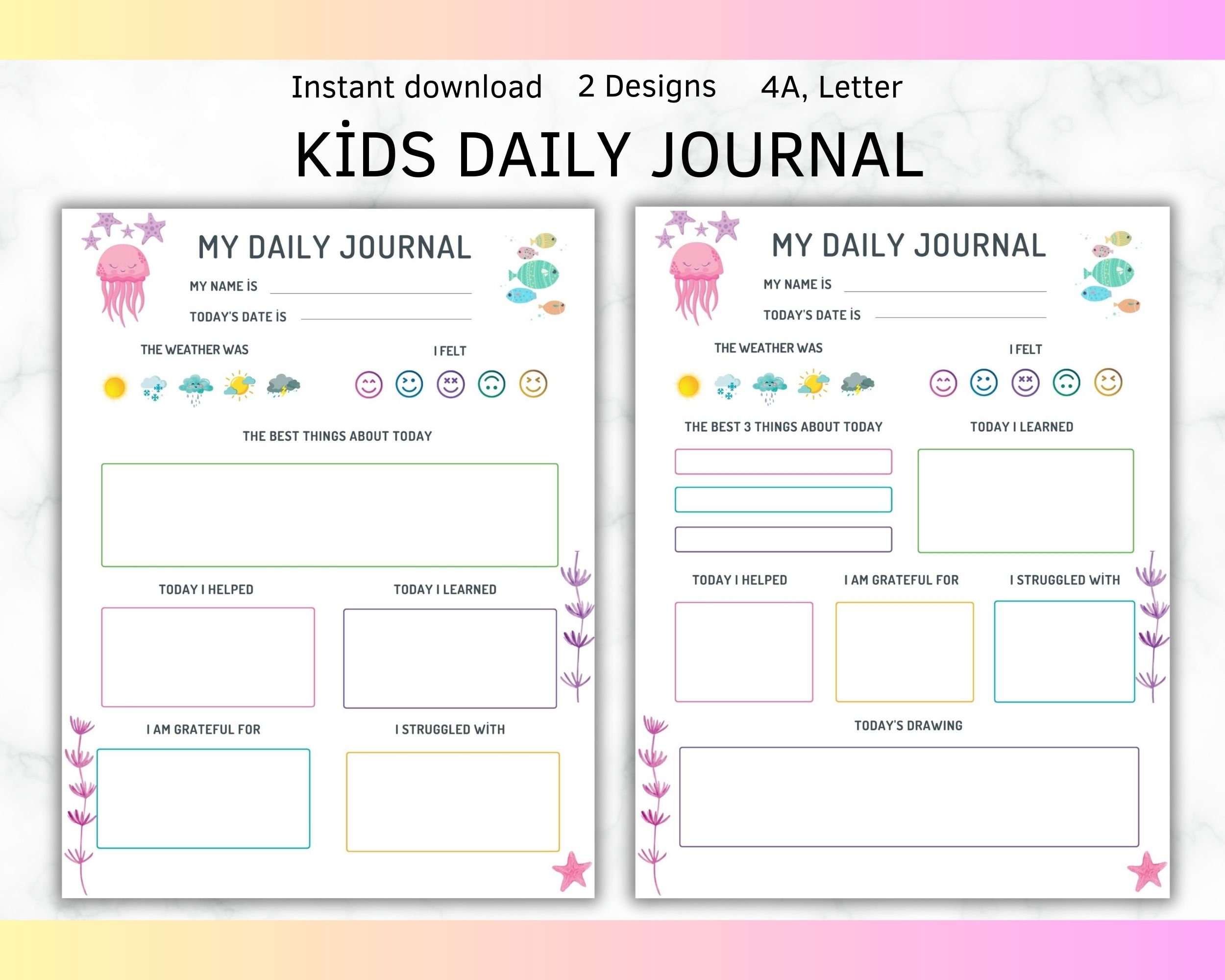
Ultimately, the consistent use of a daily journal helps create a more cohesive and supportive environment for the child. It ensures that transitions between home and care are smoother, as parents are informed and can prepare for evenings or weekends based on the day’s events. This continuity is vital for a child’s emotional security and helps them feel more settled and understood, knowing that their world is connected.
Crafting Your Perfect Child Care Daily Journal Template
Creating or choosing the right child care daily journal template doesn’t have to be complicated, but it should be thoughtful. The ideal template is one that is both comprehensive enough to capture all necessary information and straightforward enough to be used consistently without becoming a burden. Consider whether a physical notebook, a printable PDF, or a digital app best suits your needs and the workflow of your child care setting. Each option has its benefits, from the tangible comfort of a written record to the efficiency and searchability of digital logs.
When designing your template, think about the specific categories of information that are most important for the children in your care. While general sections for food, sleep, and activities are universal, you might want to include spaces for developmental observations, social interactions, or even specific notes about the child’s response to new challenges or learning experiences. The goal is to make it easy for caregivers to fill out quickly, yet rich enough to provide genuine insight for parents.
Customization is key, especially when caring for children across different age groups. The details needed for an infant’s day will vary significantly from those required for a busy preschooler. A template designed for infants might heavily focus on feeding times and amounts, diaper output, and nap schedules. For toddlers, you might add sections for potty training progress or specific notes on verbal development and social play.
For older children, like preschoolers, the focus shifts more towards learning activities, problem-solving skills, and interactions with peers. A robust child care daily journal template should be flexible enough to accommodate these evolving needs without requiring entirely different systems. A good approach is to have core sections that are always present, with optional or expandable areas that can be tailored to the child’s age and individual development.
Incorporating a daily journal into your routine should feel natural, not like an extra chore. Train your staff on how to use it efficiently, emphasizing the benefits it brings to both the children and the parents. By consistently using a well-designed template, you not only improve communication and care quality but also build a comprehensive archive of each child’s journey, a treasure trove of memories and developmental insights for years to come.
Embracing a systematic approach to daily logging through a dedicated journal template can significantly enhance the quality of care provided and strengthen the bond between care providers and families. It empowers parents with knowledge and gives caregivers a powerful tool for observation and reflection, ensuring every child receives tailored, attentive care that supports their growth and happiness. This small daily practice creates a lasting positive impact, fostering a nurturing and transparent environment where children thrive.
